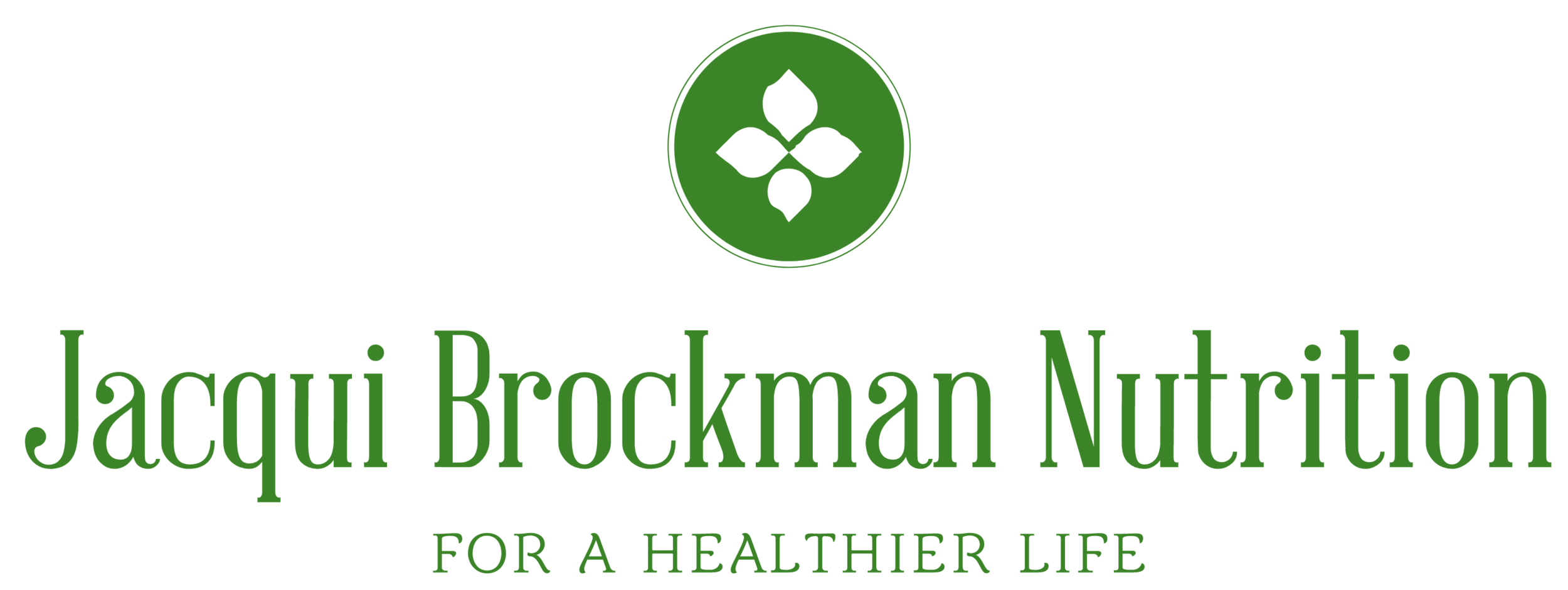Paleo Diet vs Whole30 (Part 3 of 3)
This is the third blog post in a three-part series, comparing two similar diets: Whole30 and Paleo. They both promise great benefits such as improving your health, metabolism, and promoting weight loss. These diets are very similar and it can get confusing to know which one is which! Here we will explore both diets to see if they are really all that they promise.
The Paleo Diet and Whole30
What is it?
The Paleo Diet is a diet that reflects what people ate during the Paleoethlic era, in a more modern sense. You don’t have to count your calorie intake, but you can only eat fish, meat, fruits, vegetables, seeds, and nuts. The fruits and veggies should also be low-glycemic. The diet is also high protein, moderate fat, and low/moderate in carbohydrates.
Whole30 is a diet that focuses on eating specific whole, unprocessed foods to help determine possible food intolerances, reset your metabolism, and of course lose weight without counting calories. The foods NOT allowed on this diet include sugar, grains, legumes, dairy, soy, and alcohol. Also like Paleo, it encourages eating lots of veggies. Whole30 is initially more strict than Paleo, but after thirty days, you can slowly reintroduce various foods to see how your body reacts.The Paleo guidelines do not change.
Can it help with weight loss?
Initially, yes. Especially since you may be removing foods from your diet that are processed or high in sugar and you will be paying extra special attention to what you eat. Both of these diets encourage fiber rich foods a.k.a. plant foods. Fiber helps with satisfying your hunger cravings by keeping you feeling full.
Is this a right fit for you?
Both of the diets require lots of planning for grocery shopping and meal planning. If you have the time, then Paleo or Whole30 might be doable for you. But if you have a busy schedule and can’t constantly keep up with those tasks, it might be harder to do those diets. In short-term studies, the Paleo diet showed weight loss, decreased blood pressure, improved cholesterol, improved insulin activity, and reduction in waist circumference. This all helps reduce your risk of getting type 2 diabetes. Whole30 doesn’t have much research, but it is similar to Paleo so the short-term benefits also might be similar.
Bringing it all together...
Both of these diets promote lots of plant foods (fruits/veggies), which are essential for reducing our risks for disease. But, because these diets limit many beneficial foods (grains, dairy, legumes), they aren’t realistic to follow long term and many people gain weight after reintroducing their favorite foods. Also, eating too much meat, specifically red meat, is associated with a higher risk of cardiovascular disease, diabetes and cancer. Nutrient deficiencies are also common on diets that limit major food groups.
If you want help in finding the best diet for your goals, send me an email so that I can help support you in the process.
